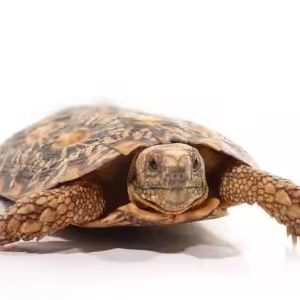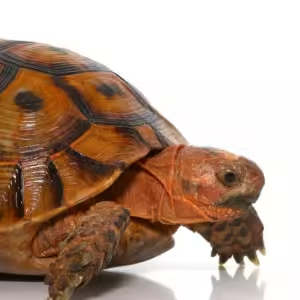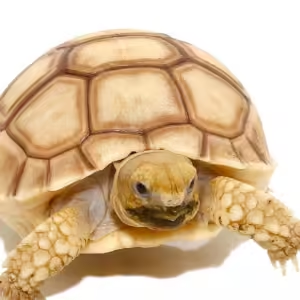Ivory Sulcata Tortoise For Sale
$300.00
Ivory Sulcata Tortoise
- Centrochelys sulcata (Baby Ivory Sulcata Tortoise)
- Captive Bred
- Around 2.5 – 3 Inches in Shell Length
- Tortoises Are Very Personable and Make Great Pets
- Like Nothing You’ve Ever Seen These Little Bone White Tortoises Amaze and Dazzle
- Feasting On Vitamin Dusted Fresh Greens, Hays, And Tortoise Diet
- Originating From the Sub-Saharan Regions of Africa
- Adults Can Reach Up To 36 Inches in Shell Length
- With Proper Care and A Well-Maintained Diet These Can Live Up To 100 Years at A Time
- These Tortoises Come from The Dry Grasslands of Africa Thriving Best in Those Conditions
- They Are Also Known As “spur thighs” Which Comes from the Elongated Scales on Their Front Legs That They Use to Dig and Push Dirt Out of Their Burrows
Ivory Sulcata Tortoise care
Ivory Sulcata Tortoise are large tortoises, originating from the grasslands of sub-Saharan Africa. It is essential,
not to underestimate the space and resources needed to look after these tortoises which will grow very
large. It is important to note that these tortoises do not hibernate.
Ivory Sulcata Tortoise Housing
• Ivory Sulcata Tortoise make poor vivarium subjects. Ideally a floor pen or tortoise table should be created.
This needs to have solid sides (1 foot high) for most tortoises. Many are made out of wood or
plastic.
As large an area as possible should be provided, but as the size increases extra basking.
sites will need to be provided. For a small juvenile at least 90 cm (3 feet) long x 30 cm (1 foot)
wide is recommended.
This is required to enable a thermal gradient to be created along the
length of the tank (hot to cold).
• Hides are required to provide some security. Artificial plants, cardboard boxes, plant pots, logs
or commercially available hides can be used. They should be placed both at the warm and
cooler ends of the tank.
• Substrates suitable for housing Ivory Sulcata Tortoise include newspaper, Astroturf, and some of the
commercially available substrates.
Natural substrate such as soil may also be used to allow for
digging.
It is important that the substrates either cannot be eaten, or if they are, do not cause
blockages as this can prove fatal. Wood chip based substrates should never be used for this
reason.
• The enclosure should be cleaned out at least once a week with a suitable disinfectant and spot
cleaned daily to help prevent disease


















Reviews
There are no reviews yet.